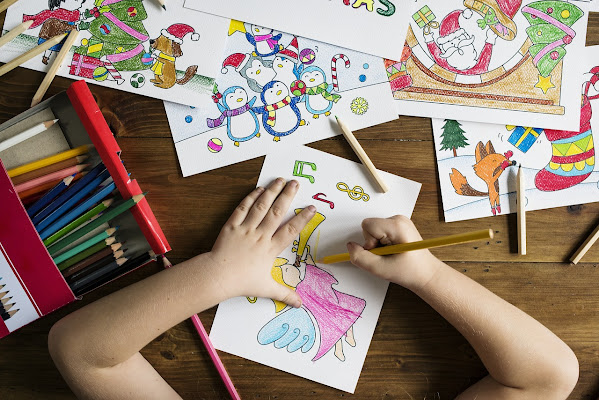What Is Art?
Art is a broad and evolving concept that eludes a single, fixed definition. At its core, art is a form of expression, a means by which humans convey emotions, ideas, and perceptions. It has been an integral part of human culture for thousands of years, reflecting not only personal experiences but also societal values, historical events, and the evolution of thought.
Art encompasses a wide array of mediums, from painting and sculpture to literature, music, dance, and digital media. This diversity in forms highlights art’s versatility and its ability to transcend language, time, and geography. Sunset paintings capture the breathtaking beauty of dusk, using vibrant colours and soft brushstrokes to evoke feelings of tranquility, nostalgia, and the fleeting nature of time.
Balance in art refers to the even distribution of visual elements, creating stability and harmony. It can be symmetrical, asymmetrical, or radial, enhancing the viewer’s sense of order and unity.
The beauty of art lies in its subjectivity. What might be considered a masterpiece by one person could be viewed as trivial by another. This subjectivity speaks to the deeply personal nature of art: it resonates differently with each individual, evoking unique reactions and interpretations.
Exchange art involves artists trading their works with one another, fostering collaboration, cultural exchange, and community building while expanding their creative networks and artistic perspectives.
For some, art may serve as a source of solace or an escape from reality; for others, it can be a powerful vehicle for social commentary or even protest. Composition in art is the arrangement of elements within an artwork, guiding the viewer’s eye and establishing flow. Effective composition enhances visual interest and conveys the intended mood or message clearly.
A Banksy exhibition showcases the elusive artist’s provocative street art, blending social commentary with humor, often exploring themes like politics, war, and consumerism in contemporary society.
Art’s purpose is also a matter of personal interpretation. Historically, it has been used to glorify religious figures, celebrate the natural world, or immortalize significant people and events. In more contemporary settings, art often explores themes of identity, politics, and technology, sometimes challenging established norms and pushing boundaries.
For artists, it may serve as a means of self-discovery or as a way to provoke thought and initiate dialogue. A visual artist creates art using mediums like painting, sculpture, photography, and digital media, expressing ideas and emotions visually to engage viewers and often provoke thought or evoke feelings.
How to Make Money as an Artist? To make money as an artist, explore options like selling original artwork, creating prints, offering commissions, teaching art classes, or freelancing in design. Building an online presence and utilizing social media can also expand your audience and opportunities.
One of art’s most compelling aspects is its capacity for change and adaptation. As society evolves, so does art. New technologies, global interconnectedness, and shifting cultural paradigms continuously shape the art world, expanding what is possible and redefining traditional forms.
Today’s digital art, for instance, integrates technology and interactivity, showcasing art’s adaptability and its ability to stay relevant. Deconstruction in art involves breaking down traditional forms and concepts and challenging norms to reveal new meanings, perspectives, and interpretations within the artwork.
Photography artwork captures moments, scenes, or concepts creatively, using composition, lighting, and perspective to convey emotions, stories, and artistic expression through visual imagery.
There are different types of Art: -
Abstract Art—Abstract art is a non-representational form of art that emphasizes shapes, colors, and forms to evoke emotions and ideas rather than depict reality.
Pebble Art—Pebble art involves creating images or scenes using natural stones, often arranged creatively on surfaces. This results in unique, nature-inspired designs with minimalistic charm.
Graffiti Art—Graffiti art is a vibrant, expressive form of street art created using spray paint and markers. It often reflects urban culture, social messages, and creativity.
Concept Art- Concept art is visual development art that illustrates ideas for films, games, and animations, shaping characters, environments, and scenes before production.
Unity In Art- Unity in art refers to the harmonious arrangement of elements, creating a cohesive, balanced composition where each part contributes to the overall impact.
Emphasis in Art—Emphasis in art directs the viewer’s attention to a focal point, often using contrast, color, or size to highlight a particular element, creating visual interest and guiding interpretation of the artwork.
Contrast In Art- Contrast in art highlights differences between elements, such as light and dark or soft and bold, enhancing visual interest, depth, and focus. It creates dynamic compositions that capture attention.
In essence, art is an ongoing exploration of the human experience. It is a mirror, a question, and a conversation that invites each of us to ponder the world and our place within it. The value of art lies not only in its beauty or skill but in its power to move, inspire, and challenge us, reminding us of the limitless potential of human imagination.




Comments
Post a Comment